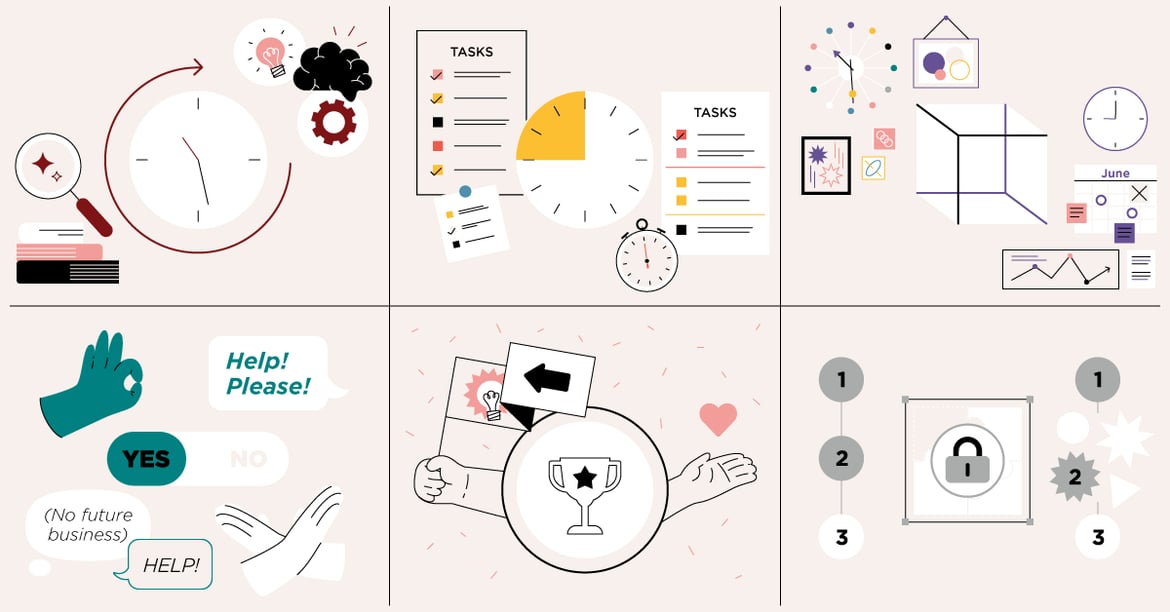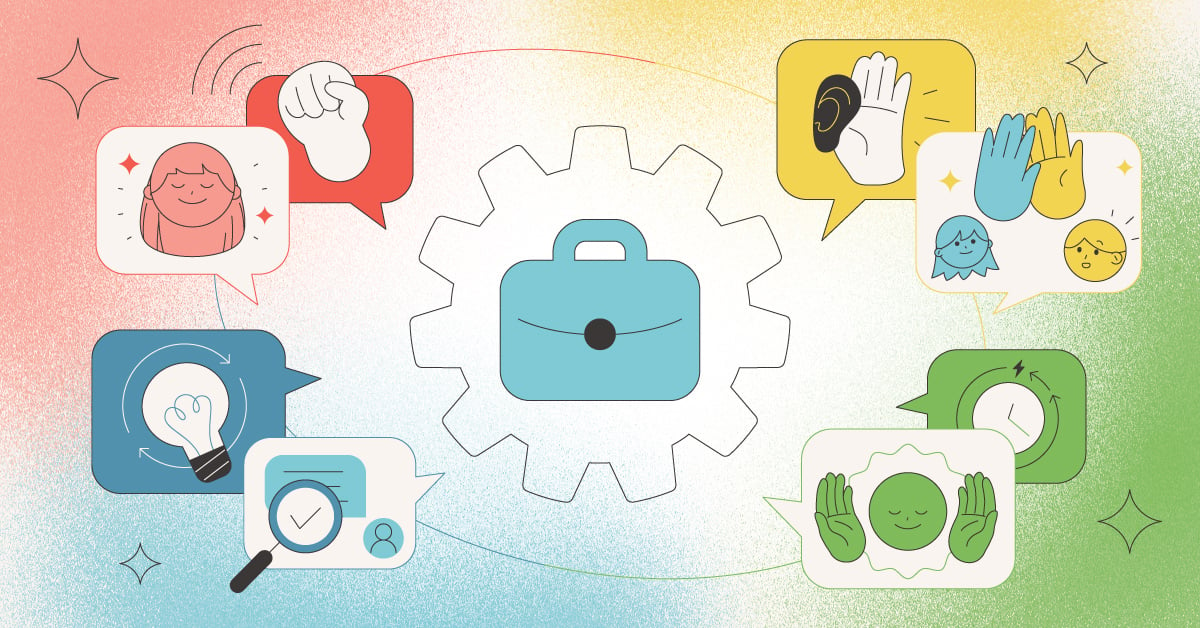
Did you know that globally, employees are considering their options?
According to a Mckinsey survey conducted in 7 countries, 39% of respondents say they plan to leave their jobs within 3-6 months. People are reevaluating what is important to them, and your organization needs to ensure it keeps up.
There are new rules of attraction, retention, and attrition. If you are still hiring only based on resume and traditional interviews, you might want to try something new.
One of the key things you can do to help employees to build a higher sense of fulfillment is to learn about their motivators. By determining whether their motivators are a good match for the role during the interview, you can help improve future retention.
However, you might not know an individual’s motivators before the interview. The good news is that by asking the right questions, you can better understand your candidates’ passions and possible motivators.
Here is a motivators interview guide you can use based on the science of The 12 Driving Forces.
Knowledge: Intellectual And Instinctive Drivers
People with an Instinctive Driver use past experience, intuition, and real-time research to solve an immediate need.
People with an Intellectual Driver acquire knowledge, discover, and find opportunities to learn wherever they are.
If the position needs someone to make quick decisions without time to do much research, will the candidate be comfortable and competent in this environment? Does the role need deep analysis and a thorough fact-checker?
Question to ask: When you get a new project you’re unfamiliar with, how much time would you like to spend researching before executing the project?
Utility: Resourceful And Selfless Drivers
People with a Selfless Driver are driven by completing tasks for the sake of completion, with little expectation of personal return.
People with a Resourceful Driver are driven by practical results, maximizing both efficiency and returns for their investments of time, talent, energy, and resources.
During the interview, evaluate If the position requires someone who can operate with limited resources or constant deadlines. Is the candidate sensitive to using resources?
Question to ask: How do you manage time when you have multiple tasks going on and limited time to complete them?
Surroundings: Harmonious And Objective Drivers
People with a Harmonious Driver have a subjective focus on the experience and the totality of their surroundings. They often prefer form over function and seek to beautify and harmonize the world around them.
People with an Objective driver are driven by the functionality and objectivity of their surroundings. They are not distracted in chaotic environments and can view everything in pieces and focus on one piece at a time.
Some people are very sensitive to the place where they work. Is this position remote, hybrid, or in-person? If teams are in a physical location together, is that space cohesive and well thought out? Does it fulfill the needs and wants of the employees? This Driver isn’t just about physical location or qualities, but they are crucial to consider.
Question to ask: How do you deal with chaos? What is your ideal company working environment?
Others: Altruistic And Intentional Drivers
People with an Intentional driver are people who are driven to assist others for a specific purpose, not just for the sake of being helpful or supportive.
People with an Altruistic driver have a keen sense of noticing and responding to what others need. They will also sacrifice their personal gain if the outcome is detrimental to others.
If a major part of the job is to support customers without looking for personal returns, how does a Resourceful candidate adjust? How can Altruistic candidates balance their willingness to assist with the business bottom line?
Question to ask: How would you handle an account or client who continuously needed support yet showed no promise of future business? How important is personal gain to you in your working role?
Power: Commanding and Collaborative Drivers
People with a Commanding Driver value status and public recognition, and they assert control over their freedom and destiny.
People with a Collaborative Driver are driven by being in a supporting role and contributing with little need for individual recognition.
During the interview, discover how the candidate values recognition. Are they comfortable behind the scenes, or do they desire to lead upfront and be recognized as the team leading to victory?
Question to ask: Give me an example of a situation you have been in where you had to work with several members of a team to accomplish a project. What was your role, and how did it work out?
Methodologies: Structured And Receptive Drivers
People with a Structured driver seek consistency and place a high value on working within a defined system. If you don’t have an established system in place to safeguard processes and people, Structured individuals will have a problem.
People with a Receptive driver are always looking for new ways to accomplish routine tasks and like to set their own path to guide and direct their actions. They tend to get creative when interpreting systems and will adopt aspects of them if they see a benefit.
Use the interview to determine how important protocols and procedures are for the candidate and how that fits into the job role. Does this position need to create established protocols or work within pre-existing systems?
Question to ask: What do you say to someone who says, “this is how we’ve always done it?”
Matching Candidates’ Values With Job Values
Throughout this process and all processes in the workplace, it’s important to remember that everyone is a combination of all of their Driving Forces, especially their primary ones. The key question to consider is this: if you hire this person, will their top Driving Forces become a hindrance, or will they help the candidate become successful and fulfilled in this new position?
If you want to harness the power of The 12 Driving Forces for your team, TTI SI can help. Contact us here to get started revealing human potential.




